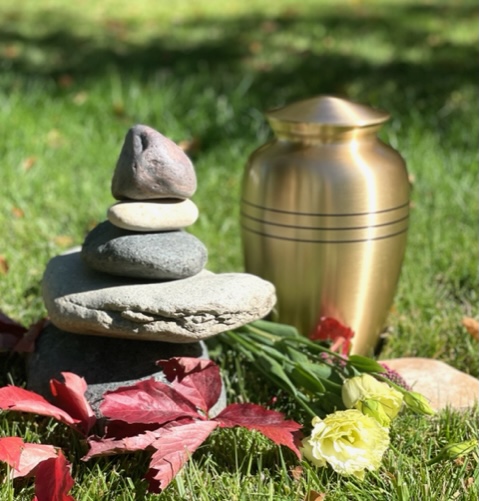Funeral resources & articles
Resource article categories:

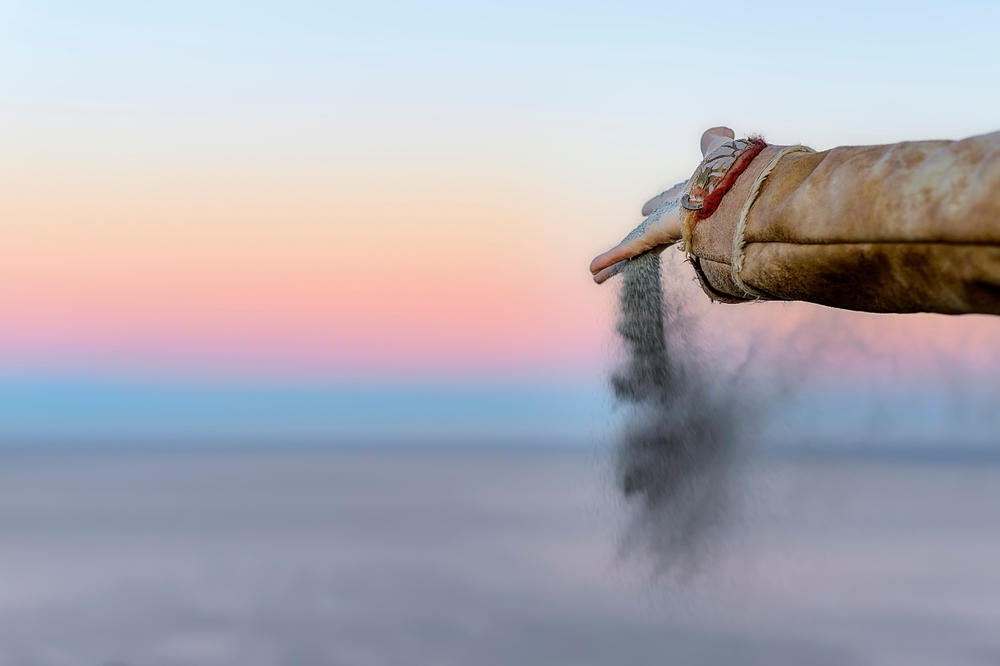
Memorializing after the direct cremation
Ash Scattering, Direct Cremation, Finding a crematory or cremation provider, Home Funeral Care, How to Save Money on Funerals, Memorialization Options
September 29, 2024
What is the difference between a funeral service and a memorial service?
Ash Scattering, Cheap Cremation, Cheap Funerals, Memorialization Options
June 12, 2024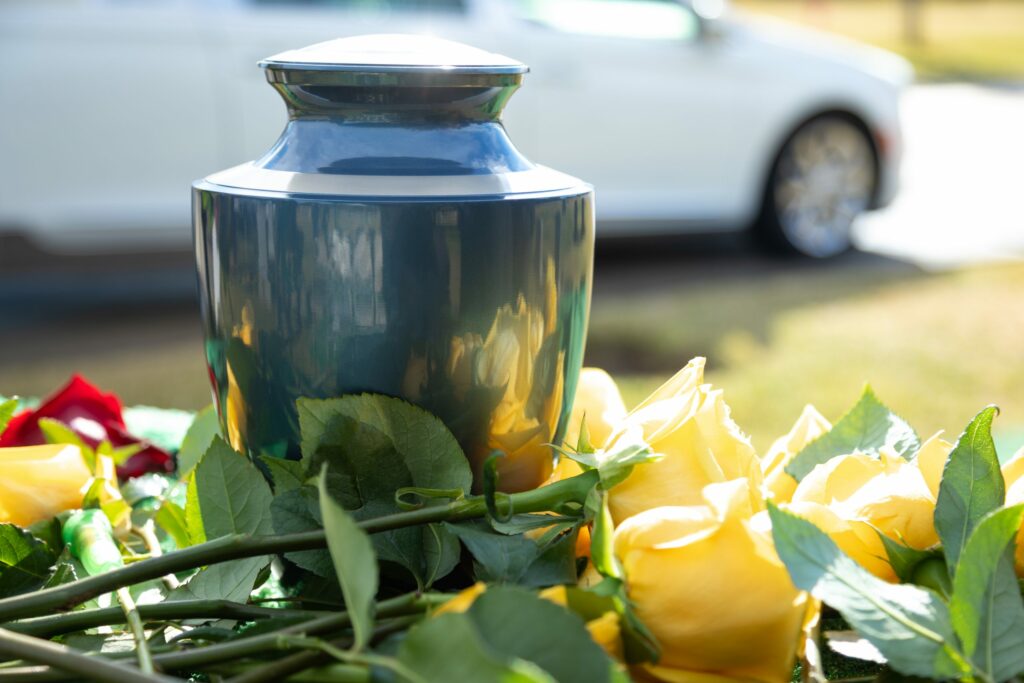
5 Reasons that Families are now choosing Cremation
Ash Scattering, Cheap Cremation, Funeral Planning, How to Save Money on Funerals
May 18, 2024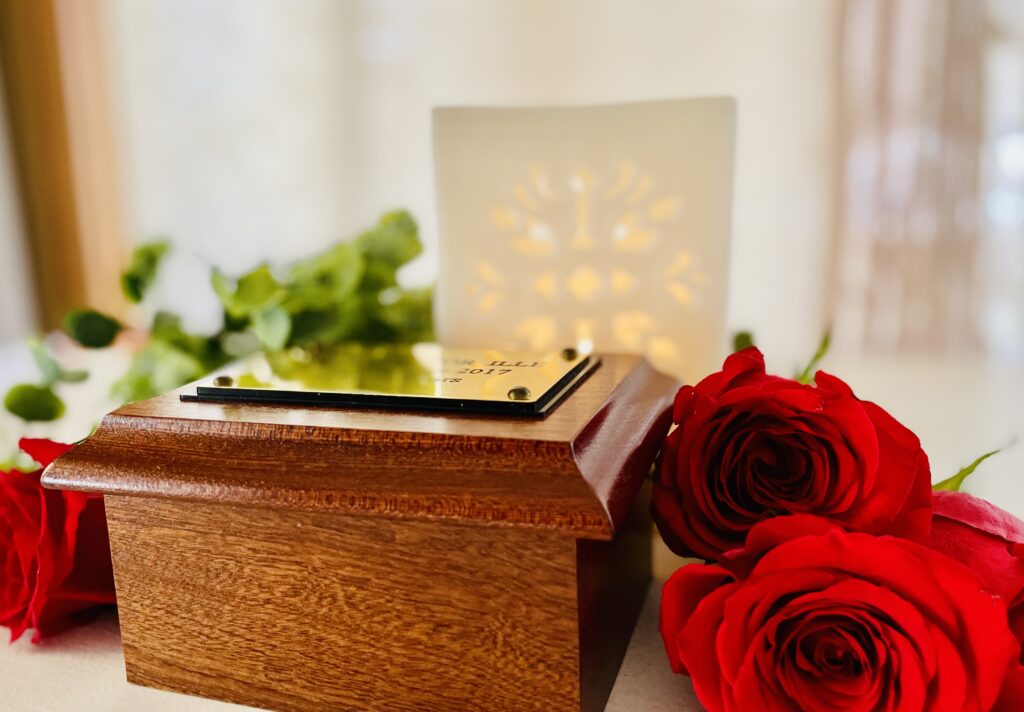
What you need to know to transport cremated remains
Ash Scattering, Cremation Urns, Shipping Cremated Remains
April 12, 2024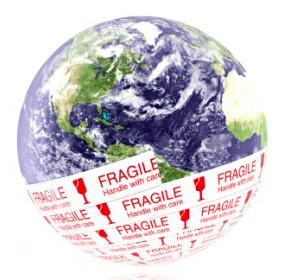
Cremated remains held until funeral costs paid in full
Ash Scattering, Cheap Cremation, Cremation News, Cremation Urns, Direct Cremation, Finding a crematory or cremation provider
April 3, 2024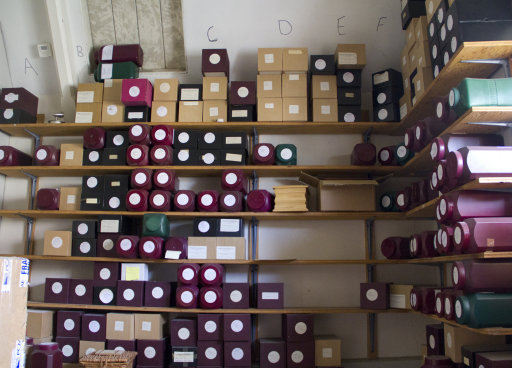
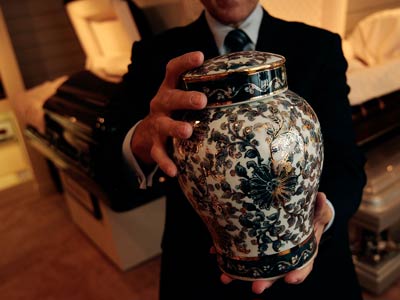
Creating your own Memorial Tribute
Ash Scattering, Cheap Cremation, Cremation News, Memorialization Options
March 12, 2024
What to do with the cremation ashes after your cremation service?
Ash Scattering, Cheap Cremation, Cremation News, Cremation Urns, Direct Cremation, Memorialization Options
February 23, 2024